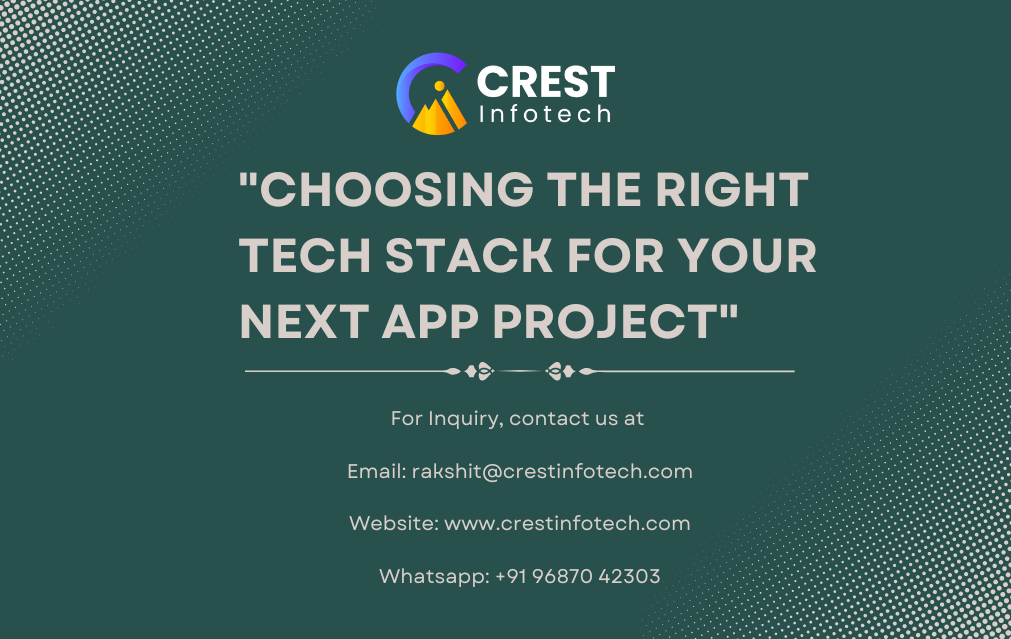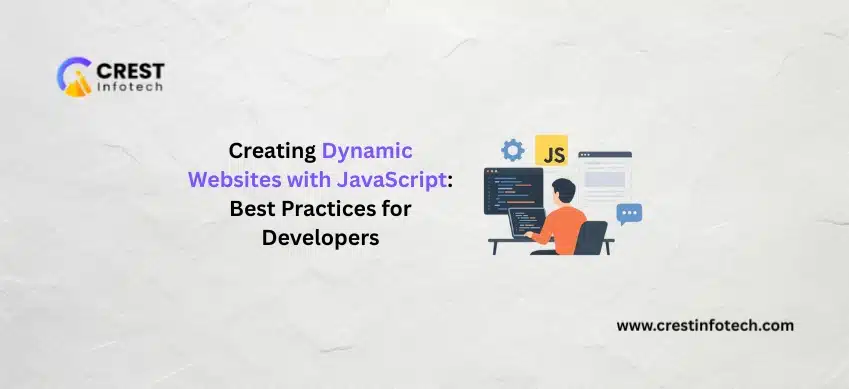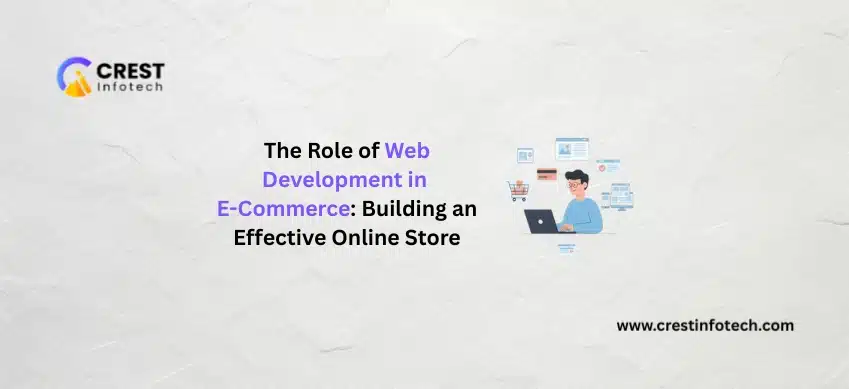Understand Your Project Requirements
Before diving into choosing technologies, it’s essential to understand the requirements and goals of your project:
- Type of Application: Determine whether you’re building a web app, mobile app, or hybrid app.
- Target Audience: Consider the demographics, preferences, and devices of your target audience.
- Scalability: Assess whether your app needs to scale to accommodate a large number of users.
- Budget and Timeline: Evaluate your budget and project timeline to choose technologies that fit within your constraints.
Key Components of a Tech Stack
A typical tech stack consists of the following components:
- Programming Language: The primary language used to develop the application.
- Framework: A collection of libraries, tools, and utilities that simplify and accelerate development.
- Database: The storage solution for your app’s data.
- Frontend Framework or Library: For web applications, this is the framework or library used for building the user interface.
- Backend Framework: Handles server-side logic, API integration, and data processing.
- Deployment and Hosting: Services used to deploy and host your application.
Considerations for Choosing a Tech Stack
1. Scalability
Choose technologies that can scale with your application’s growth. Consider factors like performance, concurrency, and scalability features of the selected technologies.
2. Development Time
Opt for technologies that enable rapid development without compromising on quality. Frameworks and tools that offer code reusability and automation can help speed up development.
3. Community Support
Select technologies with active and vibrant communities. Community support ensures access to resources, documentation, tutorials, and libraries, which can be invaluable during development.
4. Security
Security should be a top priority. Choose technologies with built-in security features and regular updates to address vulnerabilities.
5. Compatibility and Integration
Ensure that the chosen technologies are compatible with other systems, services, and platforms your app needs to integrate with.
6. Maintenance and Support
Consider the long-term maintenance requirements of your tech stack. Choose technologies that are well-supported, with regular updates and a clear roadmap for future development.
Popular Tech Stacks for Different Types of Applications
1. Web Applications
- Frontend: React.js, Angular, Vue.js
- Backend: Node.js, Express.js, Django, Ruby on Rails
- Database: MongoDB, PostgreSQL, MySQL
- Deployment: AWS, Heroku, Firebase
2. Mobile Applications
- Native iOS: Swift, SwiftUI (or Objective-C)
- Native Android: Kotlin (or Java)
- Cross-Platform: React Native, Flutter
- Database: SQLite, Realm
3. Progressive Web Apps (PWAs)
- Frontend: React.js, Angular, Vue.js
- Backend: Node.js, Express.js, Django, Ruby on Rails
- Database: MongoDB, PostgreSQL, MySQL
- Deployment: AWS, Heroku, Firebase
4. Enterprise Applications
- Frontend: React.js, Angular, Vue.js
- Backend: Java (Spring Boot), .NET Core, Python (Django), Ruby on Rails
- Database: PostgreSQL, MySQL, Oracle
- Deployment: AWS, Azure, Google Cloud Platform
Steps to Choose the Right Tech Stack
- Define Project Requirements: Clearly define your project requirements, goals, and constraints.
- Research and Explore: Research available technologies and their features. Consider reading case studies and reviews.
- Evaluate Pros and Cons: Assess the pros and cons of each technology stack based on your project requirements.
- Prototype and Test: Build prototypes using different tech stacks and evaluate their performance, scalability, and ease of development.
- Consult Experts: Seek advice from experienced developers or tech consultants if needed.
- Make an Informed Decision: Choose the tech stack that best aligns with your project requirements, budget, timeline, and long-term goals.
Conclusion
Choosing the right tech stack is a crucial step in the success of your app project. By considering factors such as scalability, development time, community support, security, compatibility, and maintenance, you can select technologies that meet your project’s requirements and objectives. Remember that there is no one-size-fits-all solution, and the best tech stack for your project will depend on various factors unique to your specific needs and goals. With careful consideration and research, you can build a robust and successful application that delights users and achieves your business objectives.



